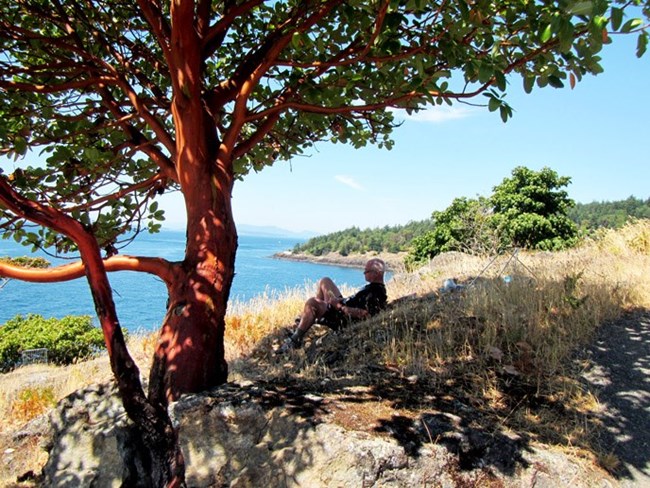Last updated: June 25, 2021
Article
Madrone Tree

Today, we know it as the “Arbutus menziesii,” also called the madrono, madrona, or the arbutus. It features leathery evergreen leaves, red bark which easily peels from a tan-orange trunk, whitish flowers, and bright clusters of reddish-orange berries.
There are probably few plants that are more strongly identified with the Pacific Northwest or are held in greater affection than the madrone. A relatively slow-growing tree that reaches heights of 50 to 100 feet or more in the wild, the madrone usually tops out at only 20 to 50 feet in home gardens.
